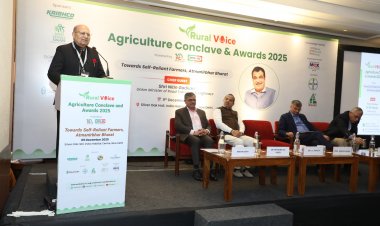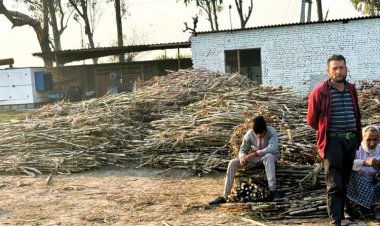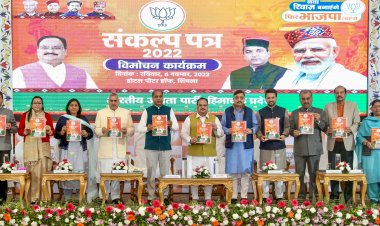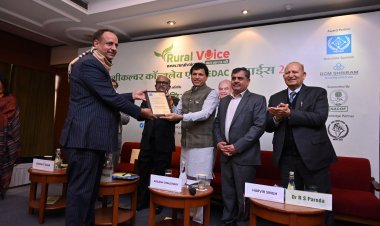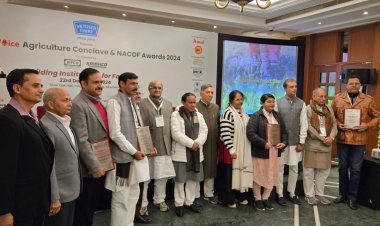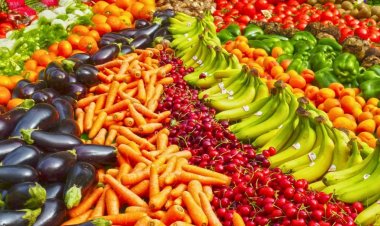Whirlwind of free foodgrains deprives the poor of subsidized foodgrains; each family to suffer burden of about Rs 650 per month
The free foodgrains provided under the PMGKAY will now be available under NFSA. But the 5kg of wheat that was provided at Rs 2 per kg or rice at Rs 3 per kg under NFSA will now have to be purchased from the market. Which would lead to a burden of about Rs 650 per month on an average family of five members. According to the 2011-12 NSSO survey, while the foodgrains consumption is 11.22 kg per person per month in the rural areas of the country, it is 9.28 kg per person per month in urban areas. There has been no survey after this. In such a situation, if we make this very survey the basis of our assumption, those coming under the purview of NFSA require on average 10kg of foodgrains every month. Thus, a five-member family will have to purchase 25kg of foodgrains from January 2023 onwards. For this, it will have to spend Rs 750 per month on the basis of the current prices.
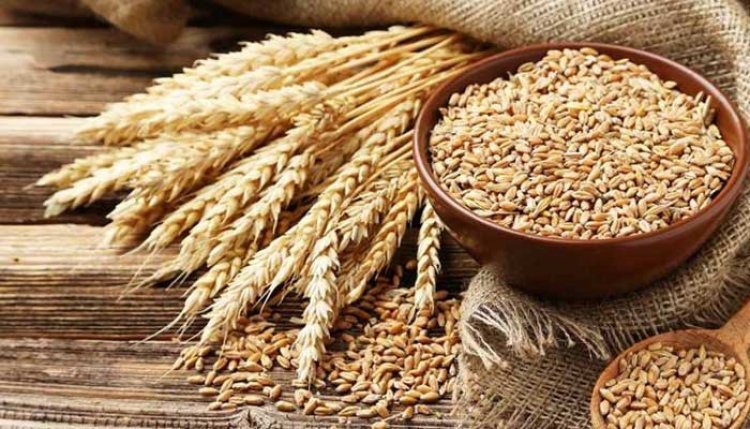
Prime Minister Narendra Modi's government at the Centre decided in the Cabinet on 23 December 2022 that it would provide five kilograms (kg) of free foodgrains per person to 81.35 crore people in the country under the National Food Security Act (NFSA), 2013, beginning January 2023. At the same time, however, the Pradhan Mantri Garib Kalyan Anna Yojana (PMGKAY) started during the Covid period has been merged into this scheme. This implies that the free foodgrains provided under the PMGKAY will now be available under NFSA. But the 5kg of wheat that was provided at Rs 2 per kg or rice at Rs 3 per kg under NFSA will now have to be purchased from the market. Which would lead to a burden of about Rs 650 per month on an average family of five members.
According to the 2011-12 survey of the National Sample Survey Organisation (NSSO), while the foodgrains consumption is 11.22 kg per person per month in the rural areas of the country, it is 9.28 kg per person per month in urban areas. There has been no survey after this. In such a situation, if we make this very survey the basis of our assumption, those coming under the purview of NFSA require on average 10kg of foodgrains every month. Thus, a five-member family will have to purchase 25kg of foodgrains from January 2023 onwards. For this, it will have to spend Rs 750 per month on the basis of the current prices. If we consider the 5kg wheat or rice provided under the NFSA at present, it has to pay only Rs 50 for wheat or Rs 75 for rice. The remaining 5kg of foodgrains is provided free of cost under PMGKAY.
Extending the PMGKAY again and again, the government had been providing 5kg of foodgrains per month free of cost. Discontinuing this would be politically risky. So, all efforts are being made to convey that 81.35 crore people will be provided free foodgrains.
NFSA 2013 provides for subsidized foodgrains to 75 per cent of the rural population and 50 per cent of the urban population. This formula covers 62.49 crore rural citizens and 18.86 crore urban citizens. Besides, 2.5 crore families are provided 35 kg of free foodgrains under the Antyodaya Anna Yojana (AAY).
Under the new decision, 488.10 lakh tonnes (lt) of foodgrains will be required annually to provide 5kg of free foodgrains per month to 81.35 crore people. Had the practice of providing 10kg foodgrains continued, the requirement would have been 966 lt. This means the requirement of the government will be a little more than half. Even if we include the requirement of 100-150 lt of foodgrains for other schemes run by the government, the total requirement will be about 600-650 lt per annum.
Thus, the government will save heavily on food subsidies in spite of providing free foodgrains. Also, there is another aspect: If PMGKAY continued, the government would require along with the NFSA requirements about 10 crore tonnes of foodgrains, which is about a third of the total foodgrains production in the country.
Significantly, on 1 December 2022, the Central Pool had 554.60 lt of foodgrains, which is about a third less than the stock of the year-ago period. It is possible that the declining foodgrains stock in the Central Pool has been one of the reasons why the government has reduced per capita foodgrain allocation from 10 kg to 5kg.
Currently, the government procures on average 9-10 crore tonnes of foodgrains. This includes 350-400 lt of wheat and 550-600 lt of rice. The 2022-23 marketing season has been an exception in the case of wheat because a sudden rise in temperature led to a decline in wheat production and, subsequently, the public procurement got stuck at a 14-year low.
One does not expect the government to procure more of foodgrains under the new scheme of allocation. And the possibility cannot be ruled out that the government may go for a capping of public procurement of foodgrains in the days to come. The government cannot export foodgrains even if it has them in excess in public stocks because under the WTO peace clause, India is allowed public procurement and stocking of foodgrains for its food security, but not exports.
However, this is good news for the business of private traders because a reduction in the distribution of subsidized foodgrains by the government will lead to consumers buying about 480 lt of foodgrains from the market.
Only time and the forthcoming elections will tell how much political gain the government will reap out of the free foodgrains scheme. But it is possible that the additional burden caused to the people in fulfilling their foodgrains requirements may also lead to resentment towards the government.



 Join the RuralVoice whatsapp group
Join the RuralVoice whatsapp group



















